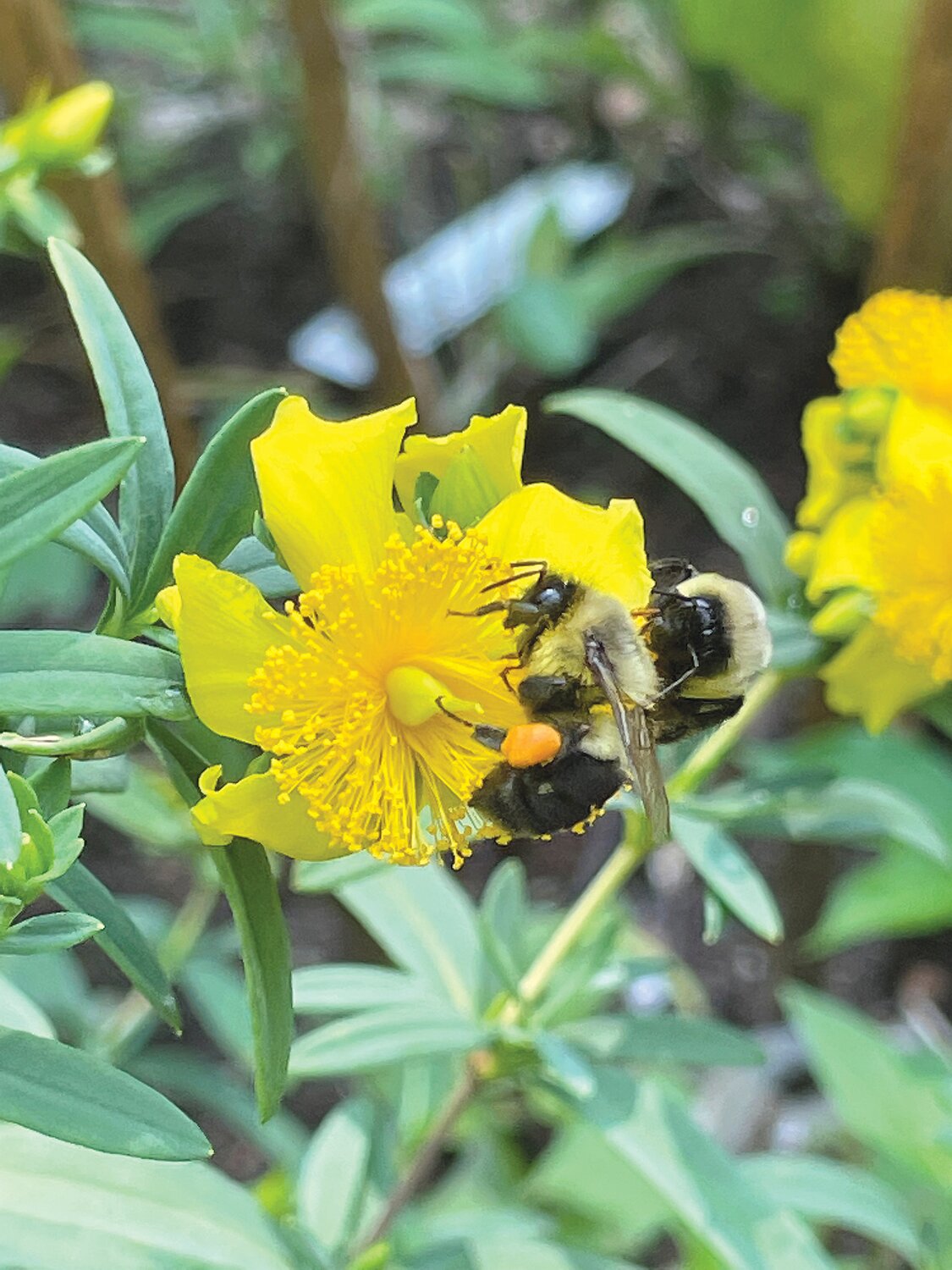Fall is the perfect time to grow deep roots
This is a great time of year to enjoy your garden, and a great time to take stock of it
Autumn Equinox may still be a few weeks away, but hints of pumpkin spice season have already arrived. For many it is the imminent return of kids to classrooms that marks the shift of summer to fall. …
This item is available in full to subscribers.
Please log in to continue |
Register to post eventsIf you'd like to post an event to our calendar, you can create a free account by clicking here. Note that free accounts do not have access to our subscriber-only content. |
Day pass subscribers
Are you a day pass subscriber who needs to log in? Click here to continue.
Fall is the perfect time to grow deep roots
This is a great time of year to enjoy your garden, and a great time to take stock of it
Autumn Equinox may still be a few weeks away, but hints of pumpkin spice season have already arrived. For many it is the imminent return of kids to classrooms that marks the shift of summer to fall. For gardeners there are other cues, like gradually fading light and blooms and cooling temperatures that bring relief to gardens and gardeners alike.
But don’t close up the garden shed yet. It’s the best time of year to add beneficial plants to your landscape.
Cooling temperatures mean that plant leaves aren’t scorched by the sun and water doesn’t evaporate as quickly, bringing relief to thirsty plants and weary gardeners. Soon plants will stop generating new growth above ground. This coupled with warm soil temperatures creates a perfect environment for plants to put energy into growing deep roots. These deep roots anchor robust and resilient plantings when next summer’s scorchers come around.
Come fall you have had a whole season to work in, play in and learn from your yard. Light patterns and soil textures are fresh in your mind, and you’ve discovered which parts of the landscape always need or always collect water. Also top of mind are plants that thrived and the ones that did not. These learnings can guide you to make better decisions about new additions to the garden.
After all, the ultimate key to success is putting the right plant in the right place.
When we talk about fall planting, we are specifically talking about shrubs, trees, vines, grasses, ferns, and hardy perennials, ideally northeast native ones. Native plants offer the greatest ecological benefits, don’t require the use of pesticides or fertilizers, and if sited correctly have minimal water needs once established. They are important tools in stormwater management, pollutant filtering and erosion control. And having shared an evolutionary history with native wildlife they form the base of natural food webs.
Spend time observing in the garden now; it can be magical. Vibrant colors of mid- and late summer perennials are colliding, and native trees and shrubs are decked out in jewel tones and adorned with ripening berries.
The last of the summer fledglings are learning to fly, and hummingbirds are fueling up for their journey south with acrobatics only matched by dragonflies by the dozens. Butterflies and bumblebees drink from the well of nectar offered from your goldenrod, aster, mountain mint, ironweed, snakeroot, joe pye weed and hyssop.
Serenaded by katydids and crickets, wander and enjoy, all the while taking stock of garden gaps and gaffs, things that need editing or an overhaul.
For readers not yet entrenched in the native plant movement, perhaps you have boxwoods suffering from blight, or a mophead hydrangea that never blooms. Maybe you lost some non-native flowering shrubs like tea roses, lilacs or forsythia to the unpredictable weather swings over the last few years. Perhaps old foundation plantings have started to outgrow the house.
Sounds like a perfect time to dabble in adding native plants to your landscape. Beginning with shrubs or small trees is a great way to see instant benefits and to create structure that will anchor future garden endeavors.
Native trees and shrubs can be planted as long as you can dig in the ground. Cool weather perennials, those that typically bloom in spring and fall, can be planted up to a few weeks after the first frost. But warm season grasses and perennials, those that bloom in summer, should ideally be in the ground before Halloween Trick-Or-Treaters come to call.
Focus on finding plants well suited to the soil, light and other growing conditions present in your space. With plants in hand, dig a hole just slightly larger than the root ball, as you want to minimize soil disturbance, which can unleash weed seeds. If the ground is dry, run water into the hole and let it sink in. When setting the plant, fill the hole back in with the same dirt you dug out, do not add any amendments; you want the roots to adapt to the existing soil and reach out for water and nutrients, which will make the root system stronger.
Finally, when leaves from nearby trees begin to fall, simply rake them into your newly planted gardens and voila you have organic mulch.
Do you need some ideas or inspirations for your landscape revisions? We have a tip; mark your calendars. On Sunday, Sept. 15, the Barrington Land Conservation Trust in collaboration with the Barrington Farm School is hosting a first of its kind for our region, Pollinator Pathway Tour. This tour will showcase 13 unique private and public properties with landscapes rooted in nature. You can learn more and register to attend at the Land Trust website: www.blct.org.
We’ll be there and hope you will too!
“Life in the Garden” brings eco-friendly garden tips from Cindy and Ed Moura of Prickly Ed’s Cactus Patch Native Plant Emporium, where they are passionate about helping people realize the essential role everyone can play in supporting life right outside their own doors.






